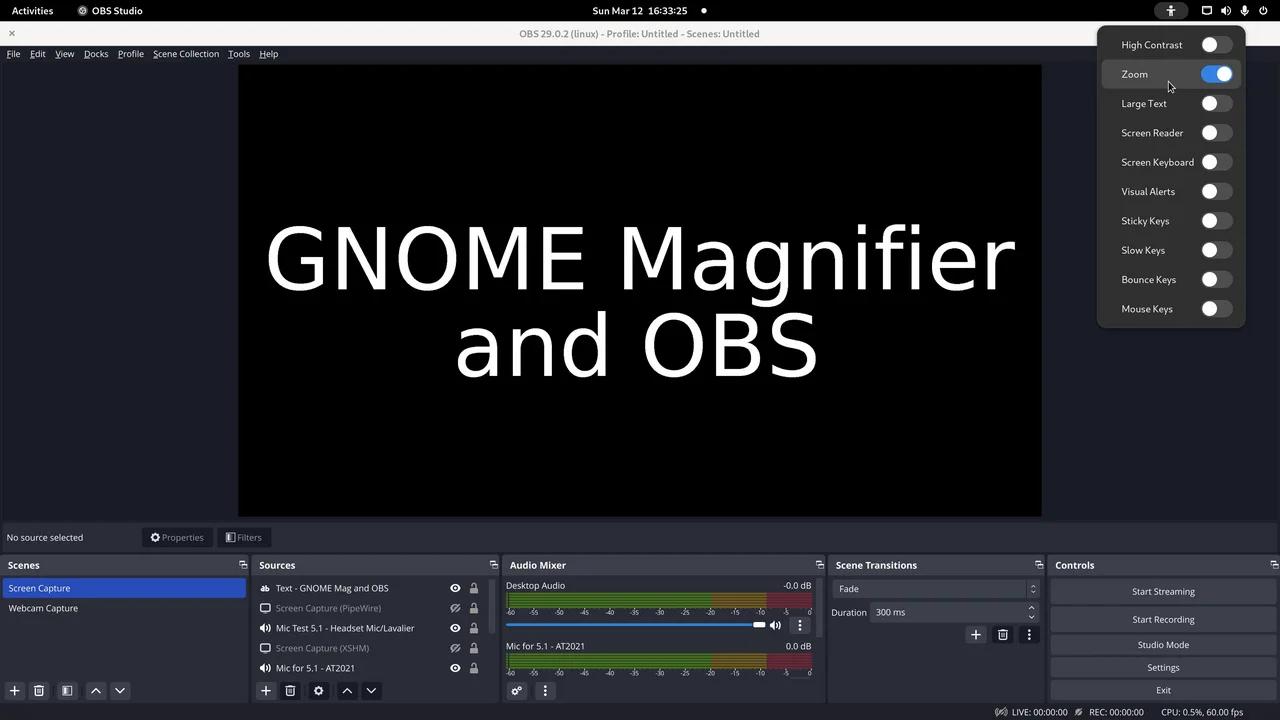Phoronix: Red Hat Enterprise Linux 10 Dropping The X.Org Server Except For XWayland
Red Hat has formally confirmed what many were thinking: Red Hat Enterprise Linux 10 will be doing away with X.Org Server support aside from XWayland...
Red Hat has formally confirmed what many were thinking: Red Hat Enterprise Linux 10 will be doing away with X.Org Server support aside from XWayland...





Comment